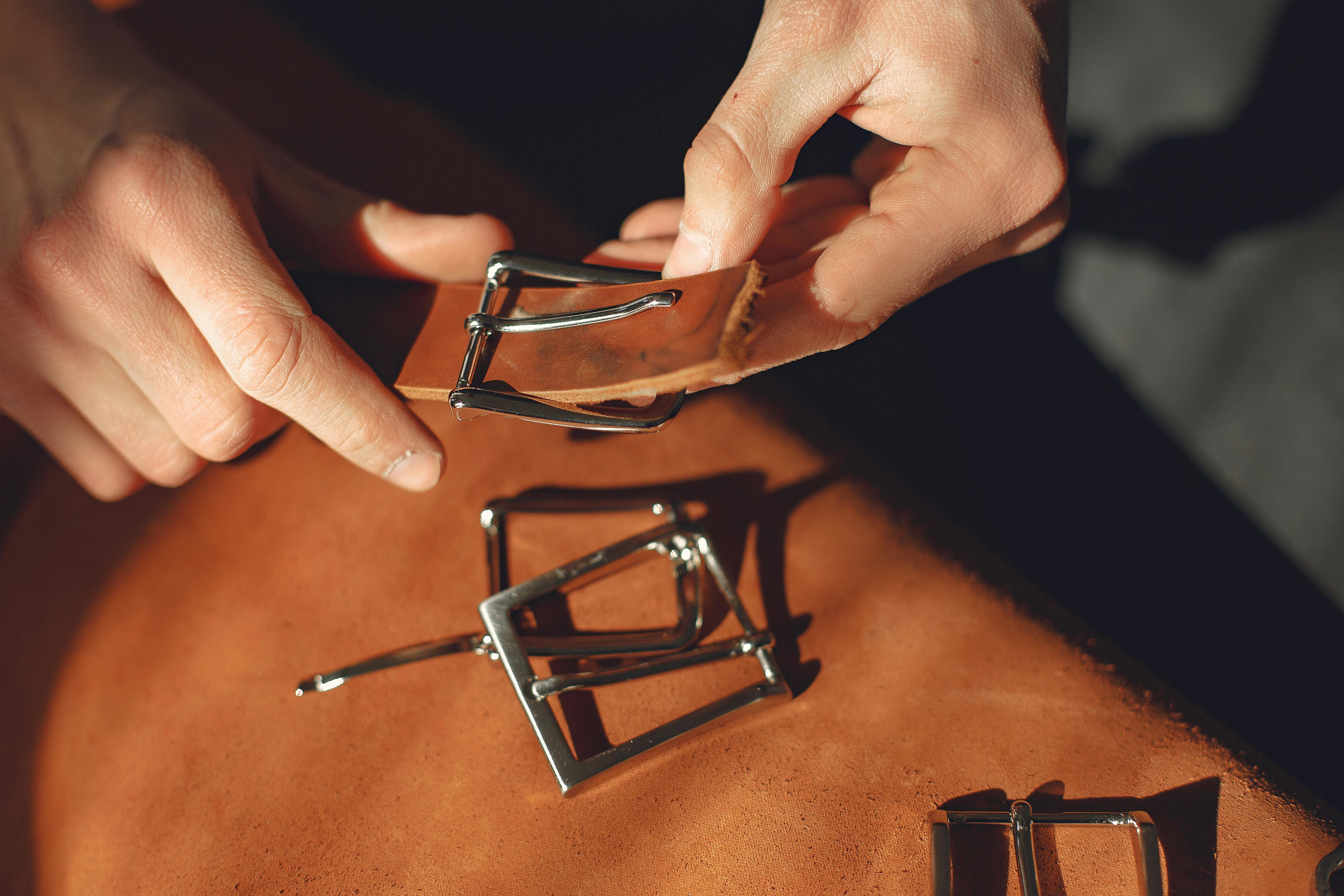Gesture, which encompasses movements of the head, body, arms, hands, legs, and feet, is a natural and necessary part of public speaking. Mastering this art and making it look natural takes a lot of practice, but it cannot be mastered any other way. So here are the best tips to help speed you on your way.
1. The head should be well balanced and should not be tilted as if scrutinizing an audience. When held upright it denotes a normal attitude, courage, joy, pride or authority; when it is up it indicates hope or prayer; when down, shame, modesty or reflection; when ahead, appeal, listen, sympathy or anticipation; when delay, surprise, terror or independence; when it trembles, denial, discontent or emphasis.
Frequent and meaningless movements should be carefully avoided. When bowing, bow your head and upper body at the same time so that the waist bends. It should be done slowly and pleasantly, with the eyes looking down.
2. The face must be trained to accurately and promptly reflect the emotions of the speaker. Quintilian says: “The face is the dominant power of expression. With this we beg, with this we threaten, with this we soothe, with this we cry, with this we rejoice, with this we triumph, with this we make our submissions; over this the audience hovers.” ; upon this they keep their eyes fixed; this they examine and study even before a word is uttered.”
3. Eyes are wide with joy, fear and surprise; closed in fainting, half closed in hatred and scrutiny; lifted up in prayer and supplication; fallen into modesty and reverence; look askance in envy, jealousy and appreciation.
4. The nostrils flare in fear and outrage, and flare in contempt.
5. The lips are closed at rest; partly open in surprise and amazement; wide open in terror; turn upward in pleasure, courtesy, and good humor; turn down in grievance and pain; because in discontent; and compress in anger, defiance and determination.
6. The body must move in harmony with the other members as thought requires. When turning from one side to the other, the movement should be from the waist and not from the neck.
7. The arms move from the shoulder, except in the conversational gesture. They should rest at the sides without twisting the elbows. Movements can be slow and smooth, slow and strong, fast and light, or fast and strong. The size, duration and speed of a gesture depend on thought. Lines are usually curved, expressing grace, while straight lines are used when special emphasis is required. The general purpose of the gesture is to locate, illustrate, generalize, or emphasize.
8. Hands must be carefully trained for flexibility and expressiveness. Fingers should be slightly apart and curved. A gesture has three divisions:
– The preparation, made in the opposite direction to which the gesture should take.
– The proper gesture, which must be precisely about the intended word.
– The return, in which the hand should be dropped smoothly and slowly without hitting the sides of the body.
And here are the most common hand gestures:
– The supine hand, palm up, is used to express good humor, frankness, and generalization.
– The prone hand, palm down, shows superimposition, or the rest of one thing on another.
– The vertical hand, palm out, is used to drive away, drive away, and in disgusting and unpleasant thoughts.
– The closed hand is used in anger, defiance and great emphasis.
– The index finger is used to specialize and indicate.
– Both hands are used to appeal and express intensity, expansion and greatness. Usually, one hand should slightly guide the other. Hands are clasped in prayer and wrung in grievance.
9. The feet. The standing position should be easy, feet at a forty-five degree angle, one foot in front of the other, the width of the base depends on the height of the speaker. Knees should be straight, shoulders even, and chin level. Avoid rising on your toes and changing foot position too often. The most graceful effect is achieved when the left foot is forward and the gesture is made with the right hand, or vice versa. This combination gives balance, although it is not always possible to use it. The change in foot position will not be as noticeable if it is done in the act of making a gesture.
If you practice these gestures with each speech, working them naturally. In due time, this ability will become second nature, and his overall skill and presence as a speaker will drastically improve.
